Author: Will Lovell
Barley may be the most common grain used to make beer, but it’s certainly not the only one. A unique alternative that’s received some attention lately is spelt, a hulled wheat that has been cultivated for over 7,000 years and was likely included in some of the earliest beer recipes.
While popular among natural food enthusiasts as a whole grain that’s rich in essential nutrients, spelt has come to be favored by brewers for the positive impact it has on head formation and retention. This is due to the fact spelt has a higher protein content than malted barley and wheat, which is widely believed to contribute to foam quality. Spelt is also said to contribute a desirable nutty flavor to beer when used as 10-20% of the grist.
Having never used spelt malt before, I’ve been curious of the claims I’ve heard from other brewers about its effect on beer, particularly when it comes to head retention. After hearing Brülosophy Patron, Stephen Fischer, enthusiastically proselytize the benefits of spelt recently, I was inspired to pick some up to exBEERiment with myself!
| PURPOSE |
To evaluate the differences between a British Golden Ale made entirely with barley malt and one made with 32% spelt malt.
| METHODS |
For this xBmt, I designed a British Golden Ale recipe that I felt would accentuate the impact of the variable, one of which had 32% spelt malt in the place of Maris Otter malt.
How’s It Spelt?
Recipe Details
| Batch Size | Boil Time | IBU | SRM | Est. OG | Est. FG | ABV |
|---|---|---|---|---|---|---|
| 5.5 gal | 60 min | 33.1 | 4.7 SRM | 1.045 | 1.009 | 4.73 % |
| Actuals | 1.045 | 1.009 | 4.73 % | |||
Fermentables
| Name | Amount | % |
|---|---|---|
| Maris Otter Malt | 7.25 lbs | 67.44 |
| Spelt Malt | 3.5 lbs | 32.56 |
Hops
| Name | Amount | Time | Use | Form | Alpha % |
|---|---|---|---|---|---|
| Cascade | 32 g | 30 min | Boil | Pellet | 8.7 |
| Willamette | 14 g | 15 min | Boil | Pellet | 5.5 |
| Cascade Lupomax | 20 g | 1 min | Boil | Pellet | 12.5 |
Yeast
| Name | Lab | Attenuation | Temperature |
|---|---|---|---|
| Pub (A09) | Imperial Yeast | 74% | 32°F - 32°F |
Notes
| Water Profile: Ca 94 | Mg 0 | Na 0 | Cl 67 | SO4 135 |
Download
| Download this recipe's BeerXML file |
The night prior to brewing, I collected 2 identical volumes of RO water, adjusted them to the same desired profile, then measured out and milled the grains for each batch.
The next morning, I woke up to properly heated water and proceeded to incorporate the grains for each batch before checking to ensure both were at my target mash temperature.
After setting the controller on my Delta Brewing Systems AIO controller to maintain 152˚F/67˚C, I prepared the kettle hop additions.
Once the 60 minute mash rests was complete, I removed the grains and proceeded to boil each batch for 60 minutes, adding hops at the times stated in the recipe.
When the boils were complete, I quickly chilled the worts then transferred them to sanitized Kegmenters.
Refractometer readings showed the spelt malt wort was a very small 0.001 SG lower than the all barley malt wort.
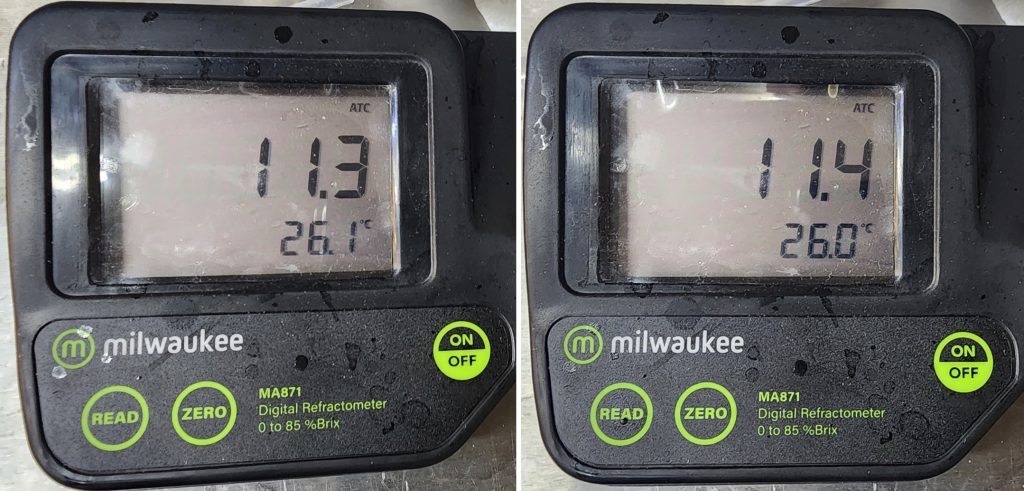
After moving the filled fermenters to my chamber, I direct pitched a single pouch of Imperial Yeast A09 Pub into each.
The beers were left to ferment at 66°F/19°C for a week before I took hydrometer measurements indicating a small difference in FG.
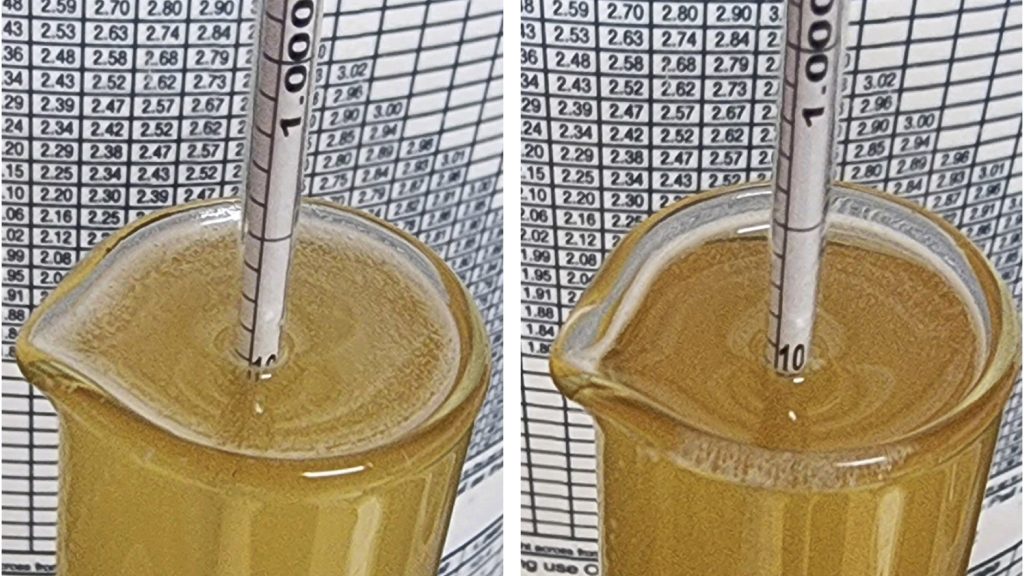
At this point, the beers were pressure-transferred to CO2 purged kegs that were placed next to each other on gas in my keezer. After a week of conditioning, the beers were carbonated and ready to serve to tasters.
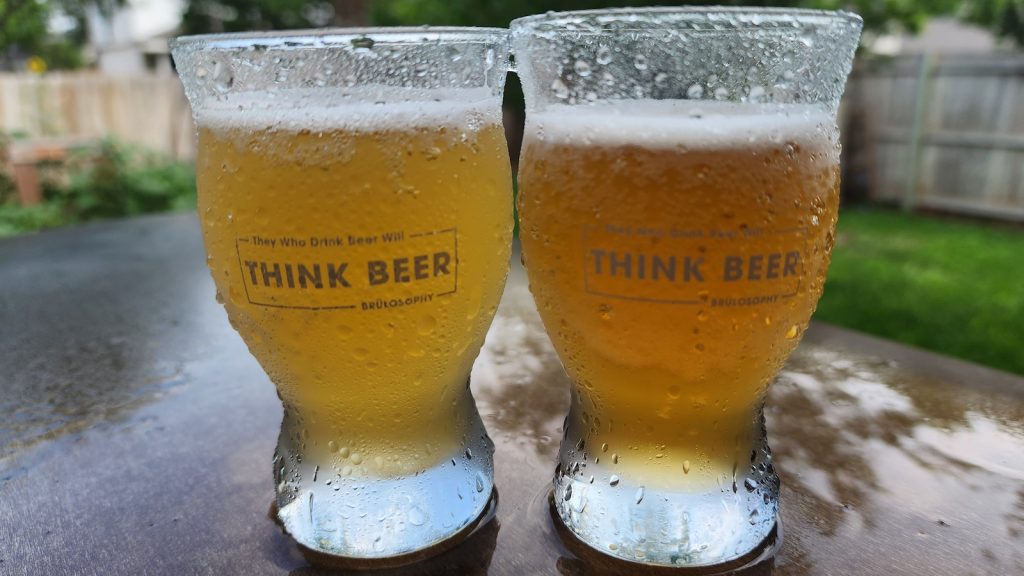
| RESULTS |
A total of 20 people of varying levels of experience participated in this xBmt. Each participant was served 2 samples the beer made with 33% spelt malt and 1 sample of the beer made with all barley malt in different colored opaque cups then asked to identify the unique sample. While 11 tasters (p<0.05) would have had to accurately identify the unique sample in order to reach statistical significance, only 7 did (p=0.52), indicating participants in this xBmt were unable to reliably distinguish a British Golden Ale made with 33% spelt malt from one made with only barley malt.
My Impressions: Out of my 7 semi-blind triangle test attempts, I correctly guessed the odd-beer-out 5 times. While the difference were surprisingly faint, I perceived what seemed to be a slight astringency in the all barley malt beer that was absent in the version made with spelt malt. Ultimately, I thoroughly enjoyed both of these beers and felt they were far more similar than they were different.
| DISCUSSION |
Despite its history, which almost certainly included its use in ancient beers, spelt malt is a relatively underutilized grain by modern brewers, though it has seen increased interest recently. Purported to contribute a pleasant nutty flavor to beer while having a notable impact on head formation and retention, spelt malt can be used in a similar fashion as barley malt in a variety of beer styles. Interestingly, tasters in this xBmt were unable to reliably distinguish a British Golden Ale made with 33% spelt malt from one made with only barley malt.
One potential explanation for this result is that the amount of spelt malt used was low enough that the characteristics it’s said to impart were below the perceptible threshold, despite the usage rate being over 10% more than recommendations. While there was an easily observable difference in color between the beer made with spelt malt and the one made with all barley malt, both seemed to share similar foam formation and retention qualities.
My ability to tell these beers apart with a decent amount of consistency is something I believe was wholly influenced by my experience with them, and while my performance suggests a difference, it was incredibly slight. Since the foam on each beer was basically identical, I struggle to see the benefit of using spelt malt, unless the goal is to produce the lightest beer possible. Either way, I’ll be keeping some spelt malt around in my brewery, even if only for future exploration of its impact on beer.
If you have any thoughts about this xBmt, please do not hesitate to share in the comments section below!
Support Brülosophy In Style!
All designs are available in various colors and sizes on Amazon!
Follow Brülosophy on:
FACEBOOK | TWITTER | INSTAGRAM
If you enjoy this stuff and feel compelled to support Brulosophy.com, please check out the Support page for details on how you can very easily do so. Thanks!


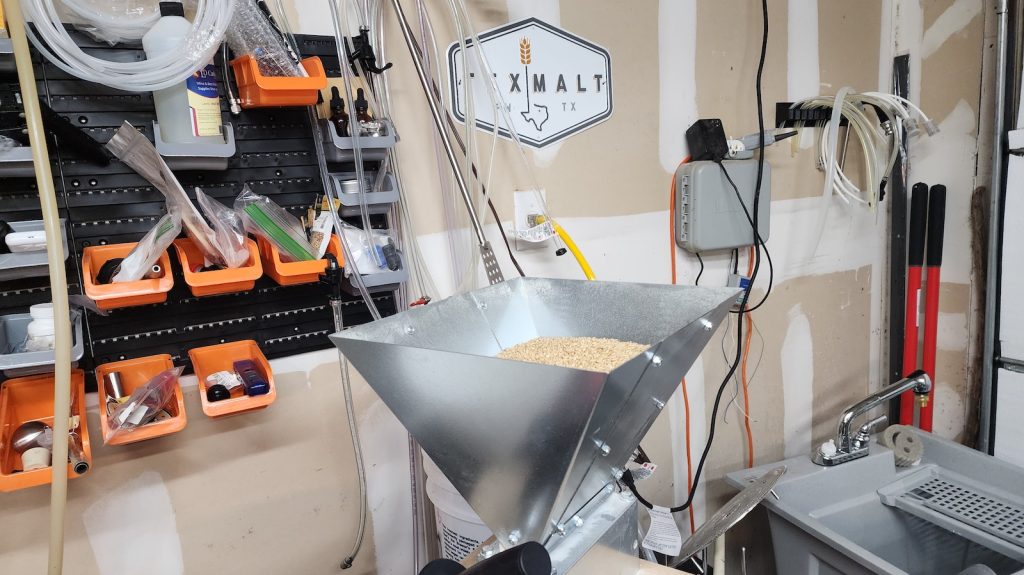
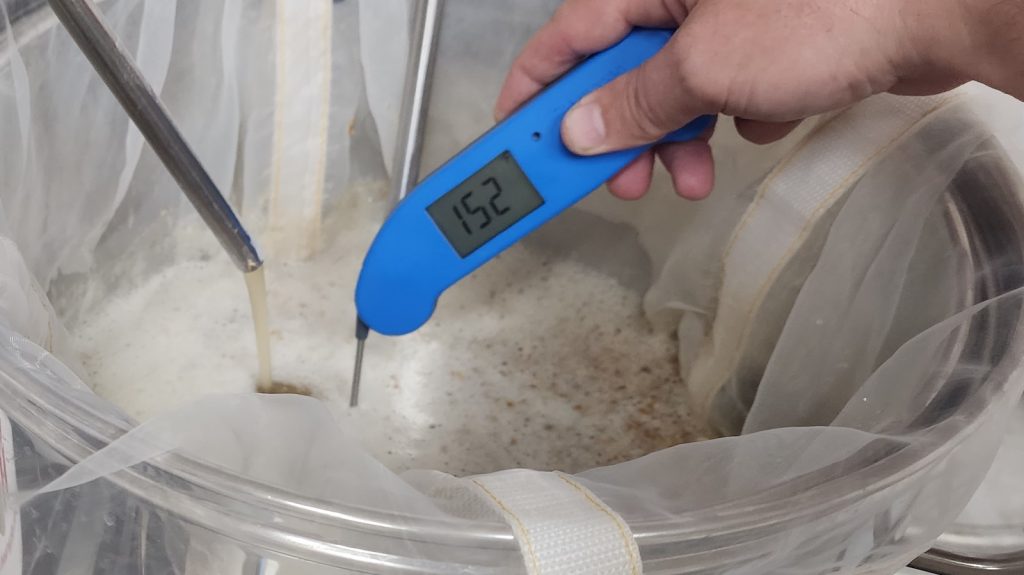
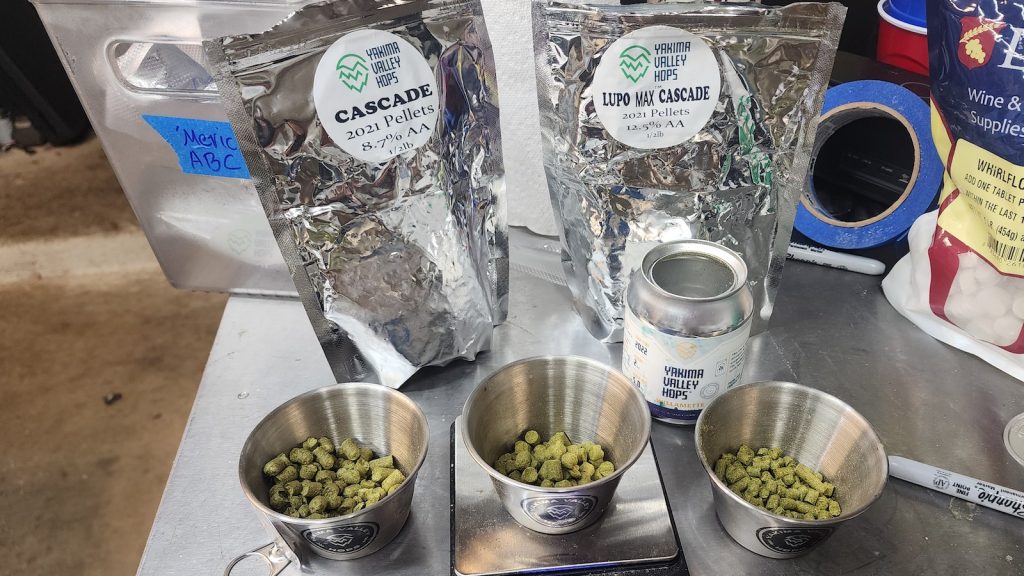
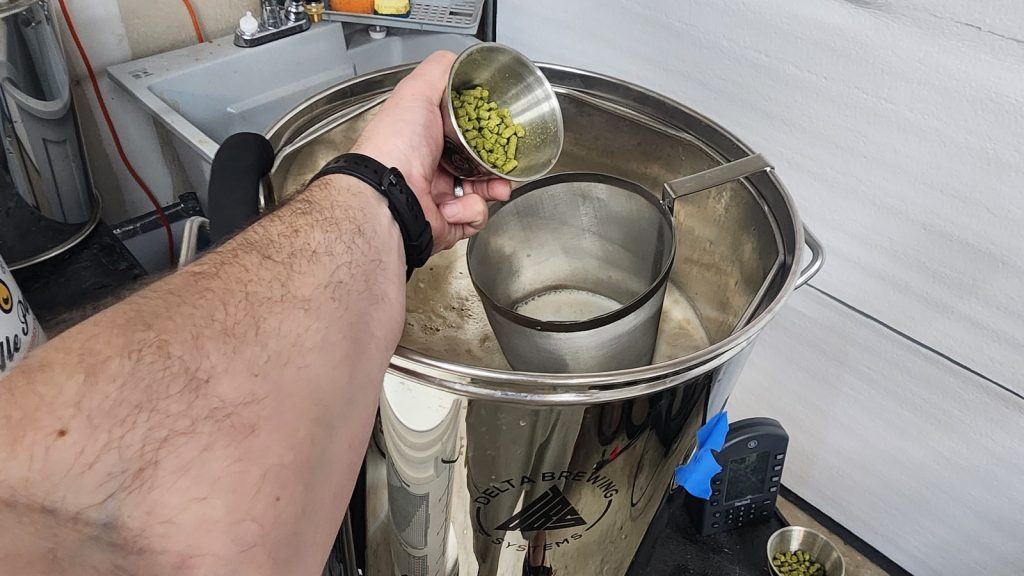
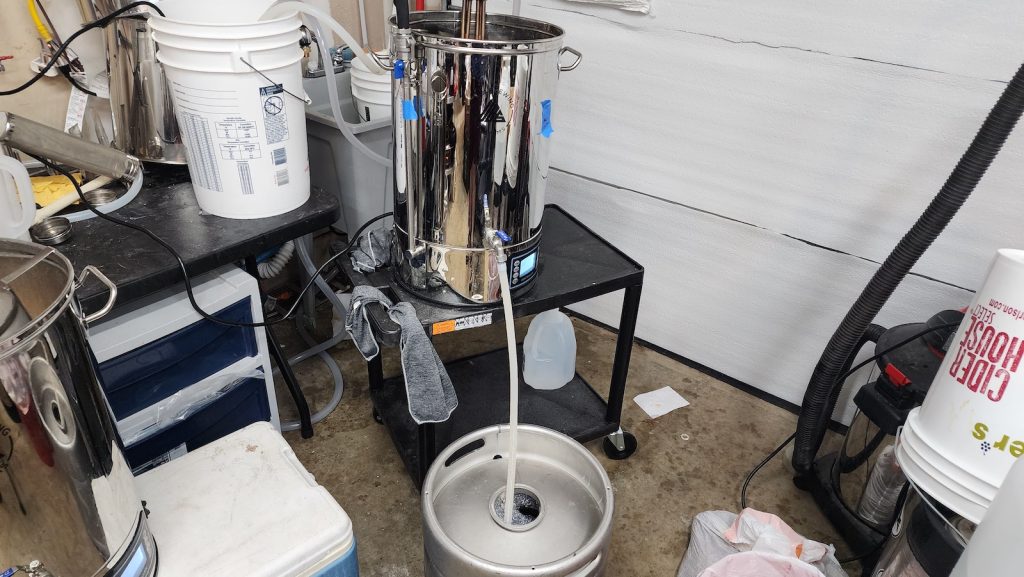
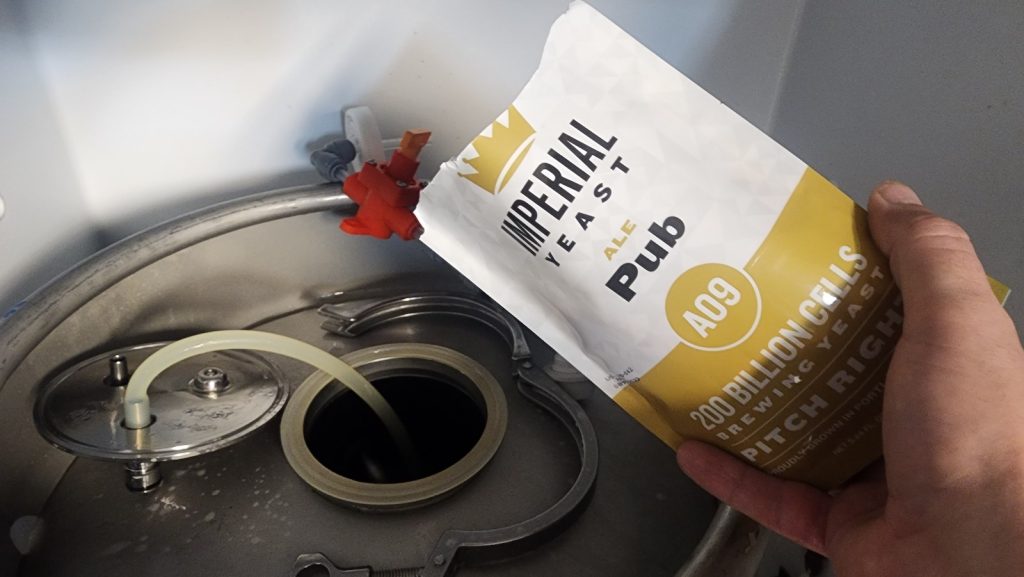











5 thoughts on “exBEERiment | Impact Spelt Malt Has On A British Golden Ale”
I suppose if you cloud the spelt with a hight hop rate. The participants wouldn’t be able to taste the malt base and the subject of the experiment
Is there a significant difference in cost between spelt and barley? If it’s significantly cheaper, I’m wondering if spelt may become a standard base malt. 🤔
So Spelt is a Husked Wheat Malt, so depending on your system, there could be a lot of benefits from using it over malted wheat. As for cost savings it just isn’t there, at least in the US market. On Morebeer it goes for about $4.70 a pound vs malted wheat which is roughly $2.00 a pound.
The style matters a good deal as well–in my experience, the higher protein in spelt adds a huge amount of foam and provides solid head retention. In addition, I find it to be a great substitute for wheat in cloudier beers such as hazy IPAs and maybe even hefeweizens (actually, THAT would be a great exBEERiment!)
I don’t think I’m going to brew a hefe anytime soon, but I am curious to try using up to 50% spelt in a beer to see what happens.